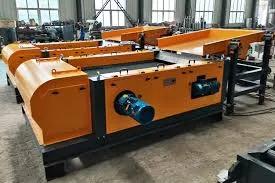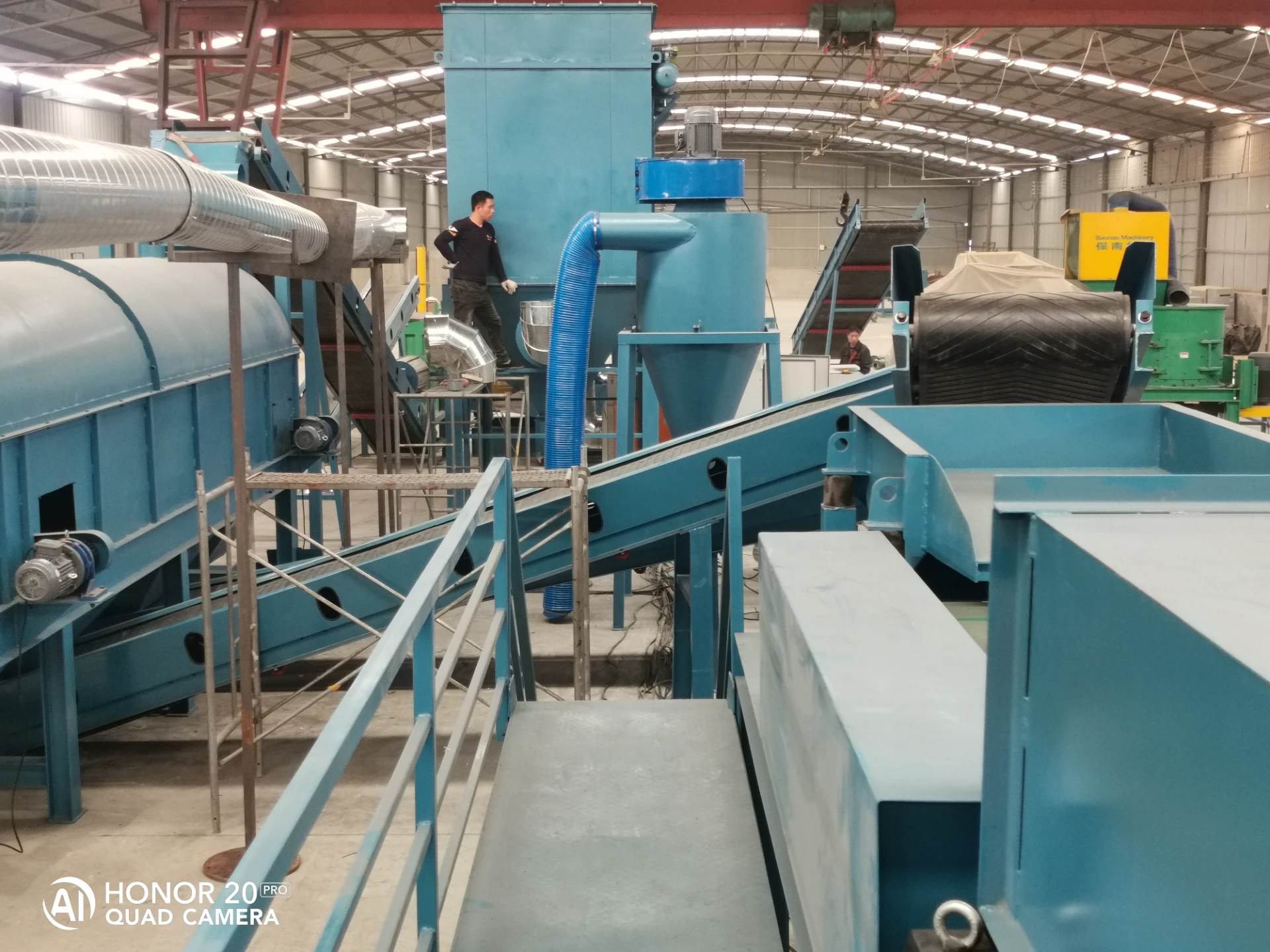Recycling computer boards, often referred to as printed circuit boards (PCBs), is a crucial process in reducing electronic waste and recovering valuable materials. The journey of recycling these complex components begins with understanding the intricate nature of PCBs and recognizing the importance of expert handling. This article delves into effective strategies and methodologies for recycling computer boards, emphasizing experience, expertise, authoritativeness, and trustworthiness in the process.

The recycling of computer boards starts with the dismantling of electronic devices. It requires precision and an understanding of the various components soldered onto the PCB. Professionals equipped with the right tools ensure minimal damage as they remove components like capacitors, resistors, and microchips. This initial step requires expertise in electronics to identify and segregate parts that can be reused or processed separately.
Once the components are removed, the boards undergo a shredding process. This mechanical step breaks down the boards into smaller pieces, making it easier to extract valuable materials. Experience in handling sophisticated shredding machines ensures a high recovery rate of materials without causing environmental harm. Authoritative firms follow stringent safety protocols and environmental guidelines during this process to prevent hazardous emissions.

Following shredding, the materials enter a separation phase, a critical process in PCB recycling. Advanced techniques such as magnetic separation and eddy current separation are employed to segregate metal components from non-metal parts. Expertise in using these technologies ensures efficient material recovery, especially for precious metals like gold, silver, and palladium found in traces on computer boards. Companies with a robust track record in metal separation offer trustworthiness, ensuring clients that the maximum amount of material is retrieved and reused, reducing the environmental footprint.
Chemical processing is another step where expertise plays a crucial role. It involves leaching, a process where chemicals are used to extract metals from the PCB material. Experienced technicians carefully manage the chemical concentrations and reaction conditions to optimize recovery while minimizing toxic byproducts. Authoritative entities in the recycling industry adopt greener chemical methods, earning trust through their commitment to sustainability and reduced chemical waste.
how to recycle computer boards
Recovery of non-metal materials also requires specialized knowledge. Fiberglass and plastic components found in PCBs can be repurposed into raw materials for other industries, such as construction or manufacturing. Trustworthy recycling firms work closely with partners in these sectors to ensure that the materials are processed and reused, closing the loop in the recycling chain.
Certification and adherence to international recycling standards are markers of authority and trustworthiness in the PCB recycling industry. Organizations that boast certifications such as R2 (Responsible Recycling) and e-Stewards demonstrate a commitment to environmentally sound practices and worker safety. Experienced recyclers often undergo rigorous audits to maintain these certifications, showcasing their dedication to credibility and public responsibility.
Consumer education is an often overlooked but vital component of enhancing the recycling process's efficacy. Providing expertise and guidance on how end-users can prepare and drop off their electronic waste for recycling amplifies the efforts of professional recyclers. Authoritative voices in the industry invest in awareness campaigns, ensuring that the public understands the importance of recycling computer boards and the proper channels for doing so.
Trustworthiness in recycling computer boards also extends to transparency about where the recycled materials end up. Companies that openly communicate the journey of these materials from old electronics to new products bolster public trust. Sharing success stories of how recycled PCBs contribute to the manufacturing of new electronics, automotive parts, or other reusable goods provides tangible proof of recycling's positive impact.
In conclusion, the recycling of computer boards is a finely tuned process that relies heavily on experience, expertise, authoritativeness, and trustworthiness. From the initial dismantling to the final separation and repurposing of materials, each step requires knowledgeable professionals who adhere to the highest standards. By amplifying these four key attributes, the electronic recycling industry not only addresses the growing issue of e-waste but also contributes to a more sustainable and responsible global marketplace.


